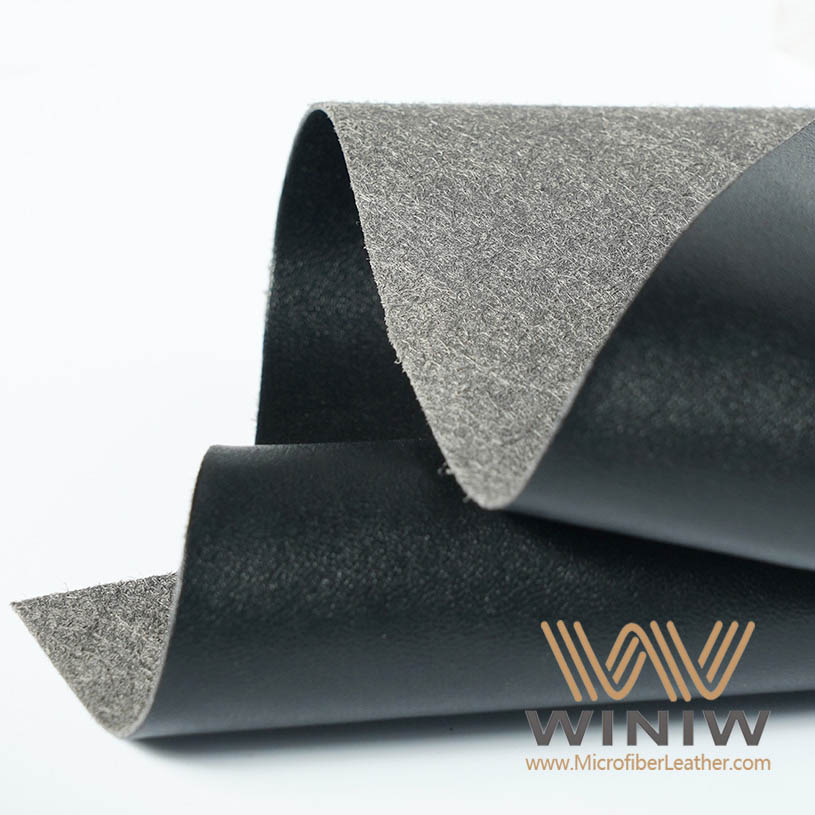Flame Retardant Principle of Microfiber Leather
May 30 , 2022
Among the many advantages of microfiber leather, one of the outstanding advantages is that it has a good flame retardant performance. Flame retardant performance for leather materials, is undoubtedly a breakthrough in common knowledge of the technology, because as a textile material, flammability is its biggest characteristic. So, how does microfiber leather achieve flame retardant? This is related to the production process of its flame retardant technology to add, then, what is the flame retardant principle of microfiber leather?
According to the different flame retardant modes of microfiber leather, it can be roughly divided into three modes: gas phase flame retardant, condensed phase flame retardant and endothermic effect:
-
Gas phase flame retardant. In the gas phase, it can interrupt the combustion or delay the chain combustion reaction, such as halogen-based flame retardant. The mechanism of action is that leather treated with flame retardants releases non-flammable gases such as CO2, NH3, HCl, H2O and SO2 when heated, which reduce the concentration of oxygen in the combustion zone. In addition, leather combustion flame retardant thermal decomposition products, in the flame zone to capture a large number of high energy hydroxyl radicals and hydrogen radicals, reduce their concentration, so as to inhibit or interrupt the chain reaction of combustion, play a flame retardant role. In this respect, flame retardants mainly include halogen and nitrogen series.
-
Endothermic action. Flame retardants with high heat capacity can reduce the temperature of leather surface and flame zone, slow down the speed of thermal cracking reaction and inhibit the formation of combustible gas when phase transformation, dehydration or hydrogen halide and other endothermic decomposition reactions occur at high temperature. Such flame retardants as magnesium hydroxide, aluminum hydroxide.
-
Condensation phase flame retardant - covering effect. Flame retardants delay or prevent the formation of combustible gases and free radicals in the solidified phase. Inorganic fillers with large specific heat capacity in flame retardant materials are difficult to reach thermal decomposition temperature through heat storage and thermal conductivity. Decomposition of flame retardant materials absorbs external heat, resulting in the reduction of external temperature. When flame retardant material burns, a porous carbon layer is formed on its surface, which is non-combustible, heat insulation and oxygen insulation, resulting in combustion interruption. The process of action is that the flame retardant melts at a relatively low temperature, which can form an insulating layer on the surface of the collagen fiber to coat it; Flame retardants can also dehydrate collagen fibers, forming a carbonized layer on the surface of collagen fibers to insulate oxygen and external heat sources, and prevent flammable gases from escaping. Representative flame retardants such as borax, phosphorus, nitrogen - phosphorus composite and so on.

Many consumers have some doubts about the effectiveness of the flame retardant performance of microfiber leather. Through the above introduction, we can find that the above three ways can be completely realized, and we can rest assured to buy.


